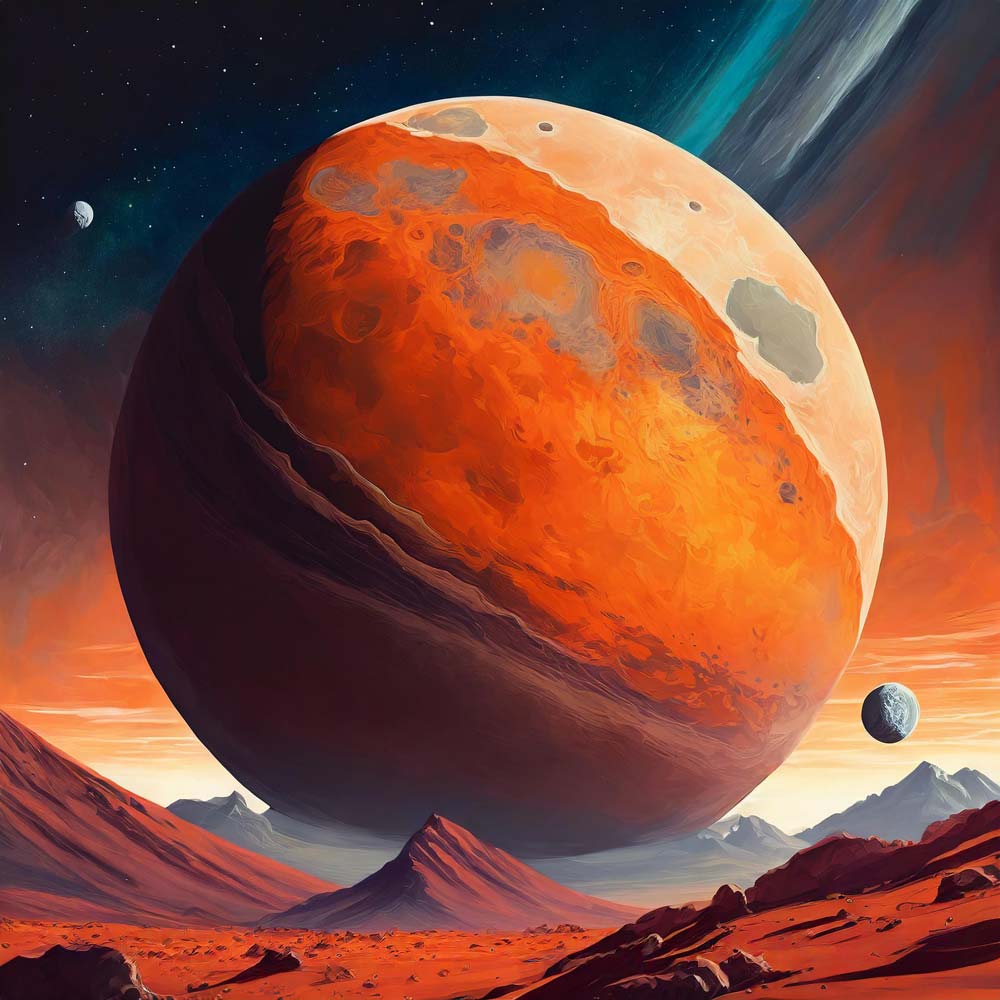Since its discovery in 1877 by American astronomer Asaph Hall, Phobos, the larger of Mars’ two moons, has captured the imagination of scientists and space enthusiasts alike. However, in recent years, Phobos has become embroiled in a controversy that transcends the realm of conventional astronomy: the possibility of extraterrestrial activity on or around the enigmatic moon.
The controversy surrounding Phobos stems from a series of anomalous events and unexplained phenomena observed by both space agencies and independent researchers. One of the most compelling pieces of evidence is the mysterious monolith, a towering rectangular structure discovered in images taken by NASA’s Viking 1 orbiter in 1976. The monolith, measuring approximately 90 meters in height, sparked intense speculation about its origins and purpose, with some theorists suggesting it could be of artificial origin—an alien artifact left behind by an advanced civilization.
Despite decades of speculation and analysis, the true nature of the Phobos monolith remains elusive. Skeptics argue that the monolith, like other similar formations found in terrestrial geology, could be the result of natural processes such as erosion or volcanic activity. However, proponents of the extraterrestrial hypothesis point to the monolith’s unusual geometric shape and precise alignment as evidence of intelligent design.
In addition to the enigmatic monolith, Phobos has been the site of other peculiar phenomena that have fueled speculation about alien involvement. Unexplained flashes of light and shadowy objects observed on the moon’s surface have led some researchers to propose the presence of alien technology or even clandestine extraterrestrial bases hidden beneath its rocky terrain.
One of the most prominent proponents of the extraterrestrial hypothesis is Richard C. Hoagland, a former NASA consultant and author known for his unconventional theories about Mars and its moons. Hoagland has extensively studied images of Phobos and argues that they contain evidence of artificial structures and anomalous features that defy conventional explanations. He contends that Phobos may be an artificial satellite placed in orbit around Mars by an ancient extraterrestrial civilization—a theory known as the “hollow moon” hypothesis.
However, mainstream scientists remain skeptical of such claims, citing the lack of conclusive evidence and the prevalence of natural explanations for the observed phenomena. While the presence of the Phobos monolith and other anomalies is intriguing, they argue that extraordinary claims require extraordinary evidence and that alternative hypotheses should be explored before invoking the possibility of alien involvement.
One of the most pressing questions surrounding Phobos is its origin and evolution. Unlike Mars’ other moon, Deimos, which is thought to be a captured asteroid, Phobos exhibits characteristics that suggest a more complex history. Its irregular shape and proximity to Mars have led some scientists to propose that Phobos may have formed from the debris left over from a giant impact on the Martian surface—a scenario known as the “giant impact hypothesis.”
However, recent studies have cast doubt on this theory, raising new questions about Phobos’ origins. Analysis of data from NASA’s Mars Reconnaissance Orbiter has revealed that Phobos is gradually spiraling inward towards Mars at a rate of about 1.8 meters per century—a phenomenon known as tidal acceleration. This suggests that Phobos may eventually collide with Mars or disintegrate into a ring of debris—a fate that seems incompatible with the giant impact hypothesis.
Some researchers have proposed alternative explanations for Phobos’ origin, including the possibility that it is a captured asteroid that was later sculpted by tidal forces into its current shape. Others have suggested that Phobos may be a remnant of the primordial material that formed the Martian moons, offering insights into the early history of the solar system.
Despite the controversy surrounding Phobos and its potential connection to extraterrestrial life, the scientific exploration of Mars’ moons continues to provide valuable insights into the planet’s history and evolution. Future missions, such as NASA’s proposed Phobos Sample Return mission, aim to return samples of Phobos’ surface to Earth for detailed analysis, shedding light on its composition, structure, and origin.
In the meantime, the mystery of Phobos and its enigmatic features will continue to captivate the imagination of scientists and space enthusiasts alike, inspiring speculation about the possibility of alien life in our cosmic neighborhood. Whether Phobos harbors evidence of extraterrestrial activity or not, its study remains a testament to the boundless curiosity and ingenuity of the human spirit as we explore the depths of our solar system and beyond.
